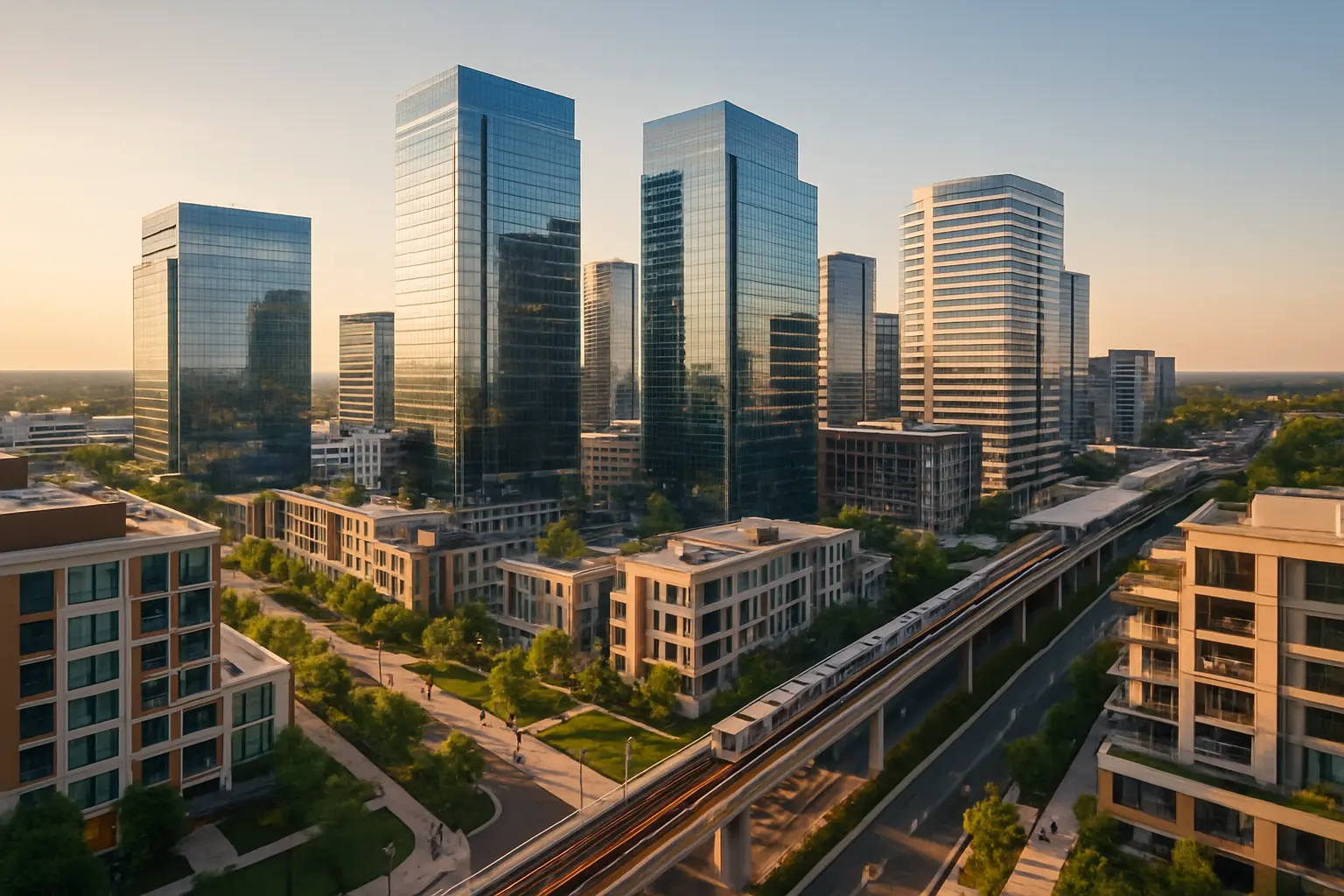The Tech Corridor Revolution: Fairfax to Arlington's Real Estate Renaissance
How Northern Virginia's business districts are reshaping the future of mixed-use developments and creating unprecedented investment opportunities.

The Evolution of Northern Virginia's Commercial Landscape: From Traditional Office Parks to Dynamic Live-Work-Play Communities
Northern Virginia's transformation from a suburban office park haven to a vibrant urban corridor represents one of the most remarkable real estate evolutions in the United States. The region's metamorphosis has created a new blueprint for modern urban development, particularly evident in the stretch from Fairfax to Arlington.
What once consisted of isolated office complexes has evolved into interconnected communities where residents can seamlessly transition between work, leisure, and home life. This shift reflects broader changes in how people want to live and work in the post-pandemic era.
Strategic Investment Opportunities: Analysis of Commercial-Residential Integration in Key Market Areas
The integration of commercial and residential spaces has opened up numerous investment opportunities across Northern Virginia. Key areas showing particular promise include:
- Tysons Corner: Once a pure office and retail destination, now emerging as a walkable urban center with luxury residential towers
- Reston Town Center: A pioneer in mixed-use development, continuing to expand with new residential options
- Ballston-Rosslyn Corridor: Showcasing successful transit-oriented development with premium returns
Market Performance Indicators
Investment metrics in these areas have shown remarkable resilience and growth potential:
- Average occupancy rates exceeding 95% in mixed-use developments
- Property value appreciation outpacing national averages by 15%
- Strong rental growth in both residential and commercial segments
Smart Growth Success Stories: Case Studies from Fairfax to Arlington's Metro Corridor
The success of Northern Virginia's mixed-use developments is best illustrated through specific examples:
"The transformation of these areas has created a new standard for urban development, where convenience meets community, and investment meets innovation."
Notable Developments
- The Boro Tysons: A prime example of transit-oriented development success
- Mosaic District: Demonstrating how entertainment and retail can anchor residential growth
- National Landing: Showcasing how tech industry presence can catalyze community development
Future-Proofing Your Investment: Expert Tips for Mixed-Use Property Selection in Northern Virginia
For investors looking to capitalize on Northern Virginia's real estate renaissance, consider these key factors:
- Proximity to metro stations and transportation hubs
- Presence of anchor employers and tech companies
- Quality of amenities and community spaces
- Potential for future infrastructure improvements
Investment Strategies
Success in this market requires a strategic approach:
- Focus on properties within walking distance of metro stations
- Look for developments with strong community programming
- Consider properties with flexible usage rights
- Evaluate potential for value-add opportunities
The Northern Virginia corridor continues to evolve, presenting unique opportunities for investors who understand the market's dynamics. As the region embraces smart growth principles and sustainable development practices, the potential for long-term value creation remains strong.


